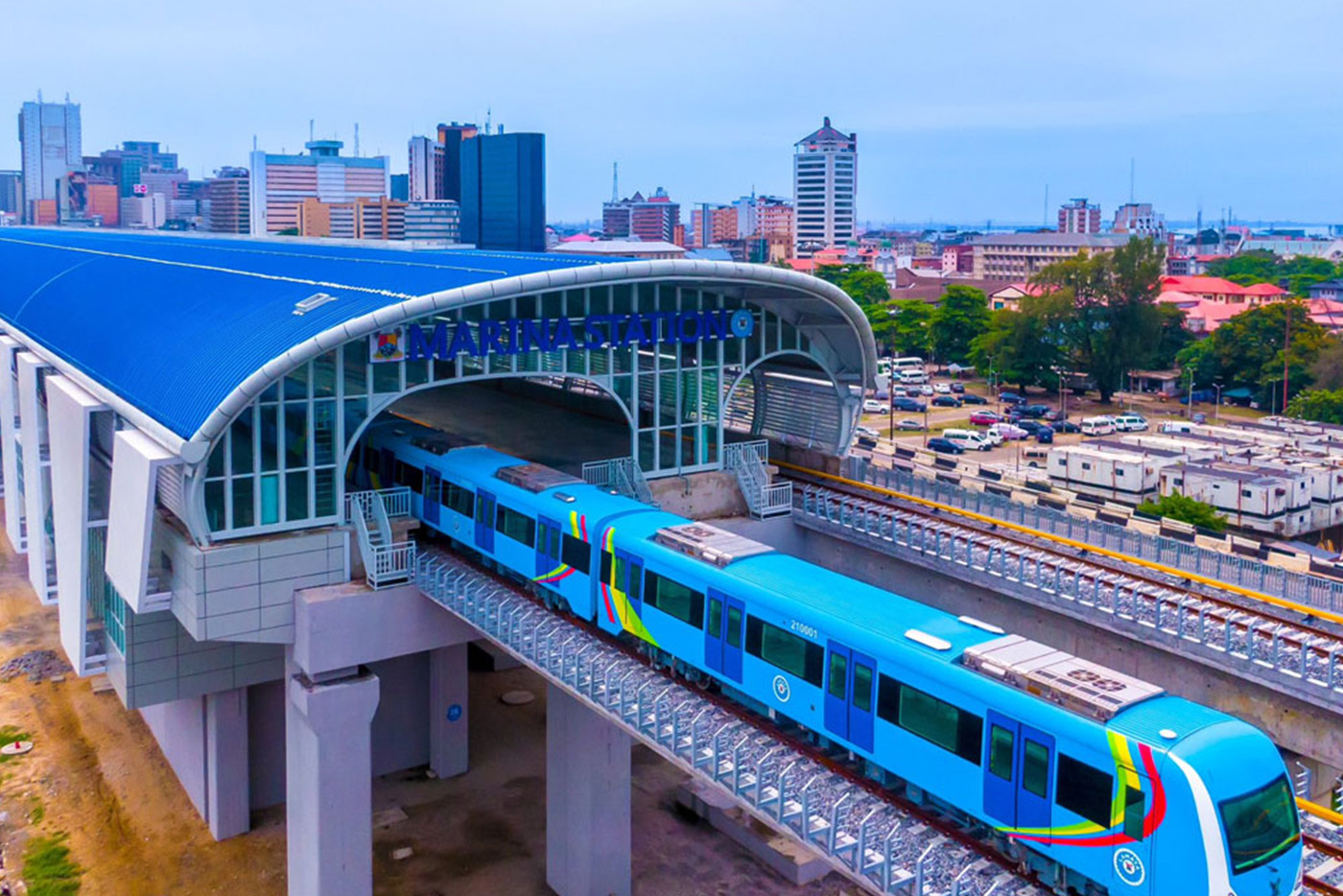Lagos—the heartbeat of Nigeria—is often described with words like fast-paced, bustling, and ever-moving. But what if we told you that there’s a way to slow down, take in the sights, and explore this vibrant city differently—by train?
Yes, Lagos is now home to a growing railway experience that’s redefining how residents and tourists navigate the megacity. With the launch of the Lagos Blue Line Rail and ongoing development of the Red Line, train travel in Lagos is no longer a distant dream—it’s happening, and it’s transforming urban mobility.
All Aboard the Blue Line
The Lagos Blue Line Rail, a project by the Lagos State Government under the Lagos Metropolitan Area Transport Authority (LAMATA), is the first electric-powered rail system in West Africa. It runs from Marina to Mile 2 and is designed to connect key parts of the city, making commuting easier and cleaner.
The trains are modern, air-conditioned, and designed with safety in mind. For the first time in a long while, Lagosians can enjoy a traffic-free, calm, and scenic journey from the Lagos Island to the mainland—no danfo chaos, no endless honking.
Why Travel Lagos by Train?
- Avoid Traffic Stress: Let’s be honest—Lagos traffic is legendary. By hopping on a train, you bypass the bottlenecks and save hours that would otherwise be lost on the road.
- Affordable & Efficient: With fares starting at just a few hundred naira, train rides are cost-effective. For regular commuters, it’s a smarter, more economical alternative.
- A Different View of Lagos: Whether you’re a local or a visitor, riding the train offers a fresh perspective. You get to see neighborhoods, markets, coastlines, and landmarks from a new angle—often elevated and scenic.
- Eco-Friendly Travel: The Blue Line is powered by electricity, helping to reduce carbon emissions and promote sustainable urban transport.
Stations & Stops to Explore
Each station along the Blue Line opens up access to exciting parts of Lagos:
- Marina: Start your journey at the edge of Lagos Island. You’re close to CMS, Balogun Market, and historic sites like the Cathedral Church of Christ.
- National Theatre: Stop here to soak in some culture. The National Arts Theatre is Nigeria’s iconic performing arts hub.
- Mile 2: Known for its busy interchange, Mile 2 is a gateway to Lagos’ inner suburbs and an emerging area for real estate and business.
As the Red Line (connecting Agbado to Oyingbo) gets closer to completion, even more parts of Lagos will become accessible by rail—turning commuting into a more pleasant and predictable experience.
Tips for First-Time Train Riders in Lagos
- Get a Cowry Card: This is the smart card needed for payment. It works across buses, trains, and ferries in Lagos.
- Arrive Early: Especially during peak hours, stations can get busy. Arriving early ensures you get a good seat.
- Travel Light: Space is shared, so it’s best to avoid bulky luggage unless necessary.
- Be Security Smart: Although the stations are safe and monitored, always keep an eye on your belongings.
Final Thoughts
Exploring Lagos by train is more than a convenient way to get around—it’s an experience. It’s a chance to rediscover your city (or visit it anew) without the usual stress. It’s a sign of progress—proof that Lagos is slowly but surely embracing the kind of urban transport solutions found in major global cities.
So the next time you think of Lagos, don’t just think of traffic. Think of the sound of rails humming, the cool breeze through train windows, and the city unfolding before you—one station at a time.
Welcome aboard. Lagos is on the move.












